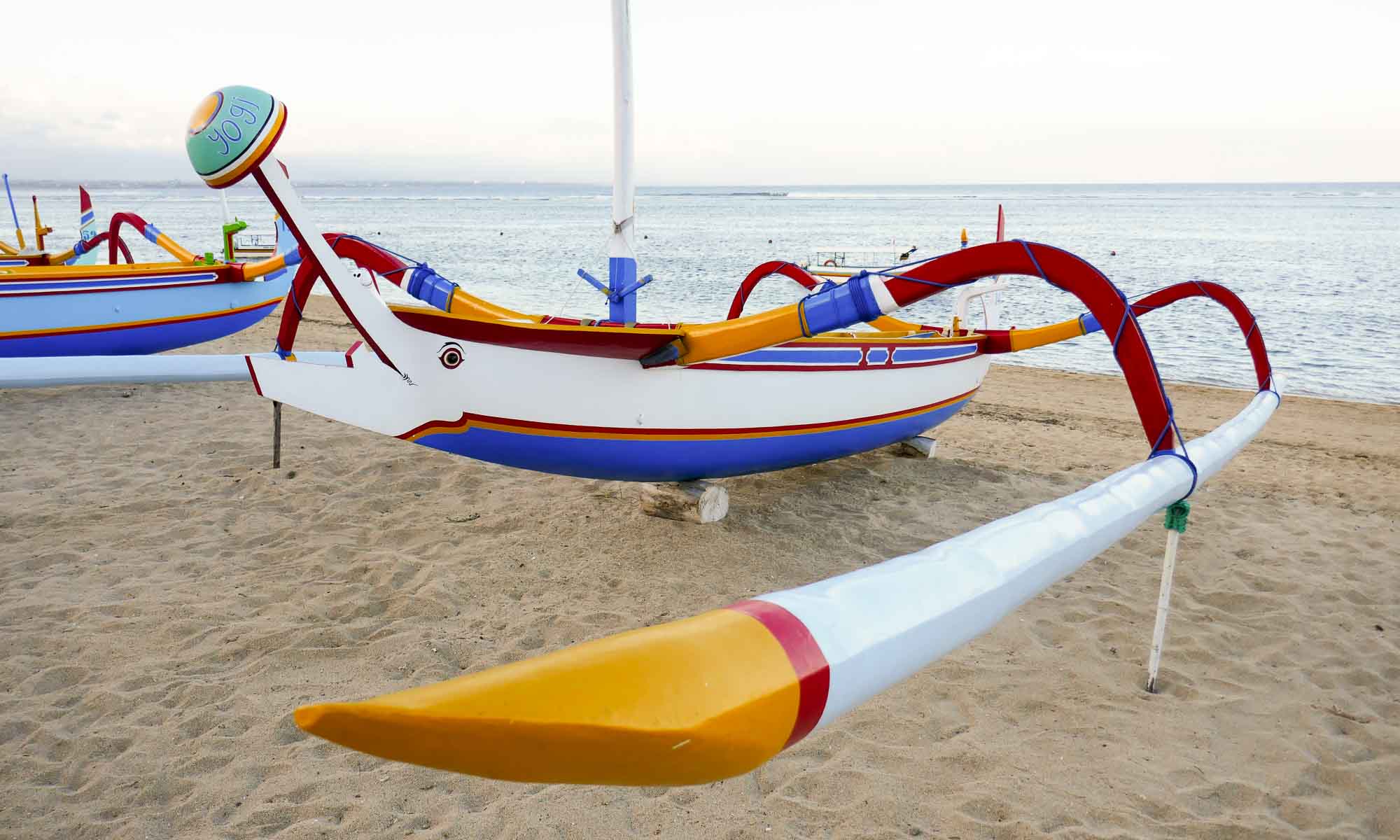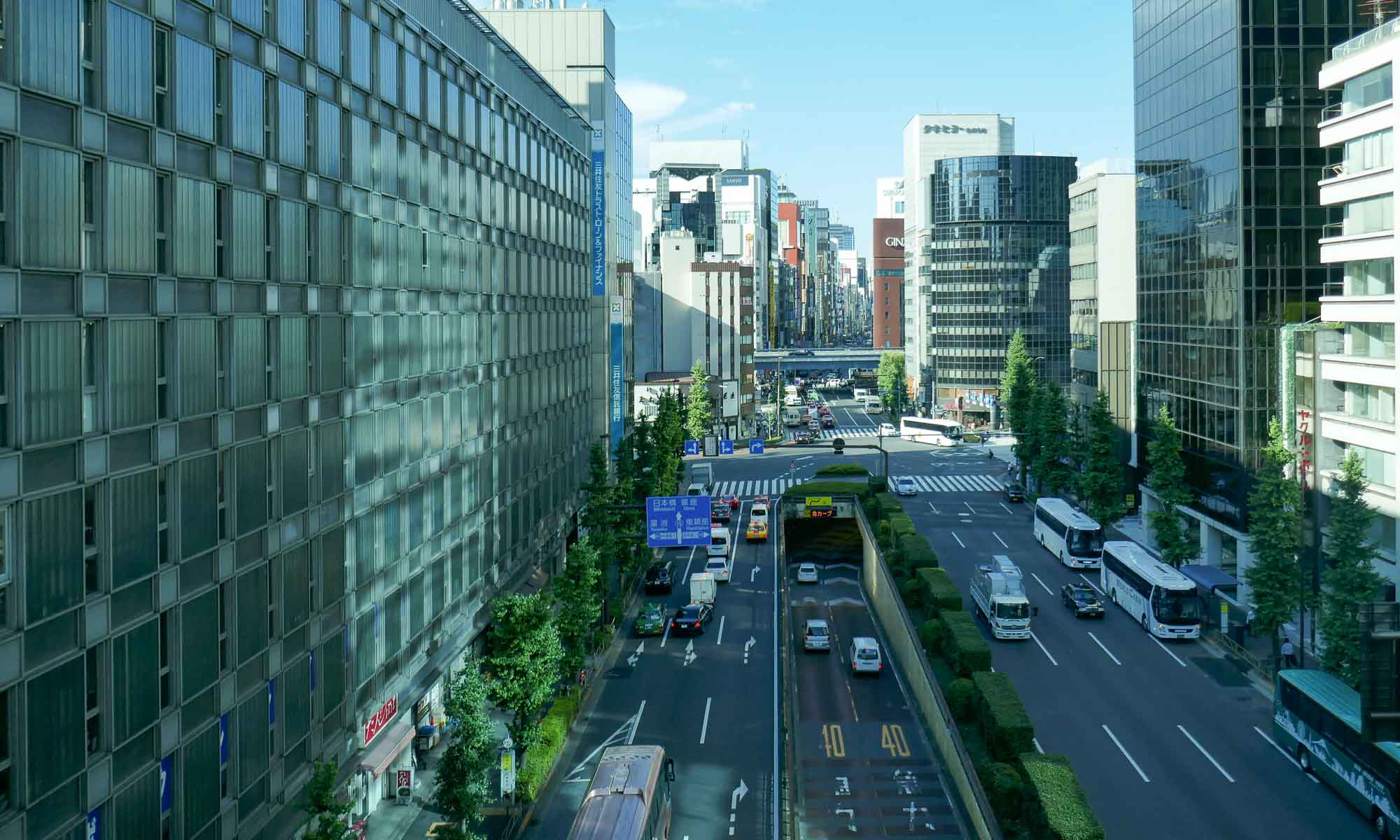Historically, Saigon was the capital of the State of Vietnam, after Vietnam was split into the northern and southern sections in accordance with the Geneva Accords. The northern part of Vietnam was under the control of the communist Viet Minh under Ho Chi Minh, while the South remained a socialist and anti-communist state. Subsequent to the end of the Vietnam War and the fall of Saigon, which was victory for the Ho Chi Minh-led northern forces, the unified communist Socialist Republic of Vietnam was established and the city was renamed Ho Chi Minh city.
Prior to arriving in Saigon, one of the questions I had always wanted an answer to was: Do the locals refer to the city as Saigon or Ho Chi Minh? After over a month in Vietnam, our findings were that for those who were not in favour of the war and the communist practices of Ho Chi Minh, they always referred to it as Saigon.
Saigon is the most populous city in Vietnam, with over 8 million residents. At first glance, Saigon is a bustling city, full of thousands of scooters (motorbikes) which seem to outnumber the population. A city where to survive, one better have their wits together. A city with a mixture of old and new, as evidenced by the few skyscrapers, stylish apartment complexes, and trendy restaurants and bars in District 1 to District 5, which has older and more traditional buildings, as well as more Chinese Vietnamese residents.
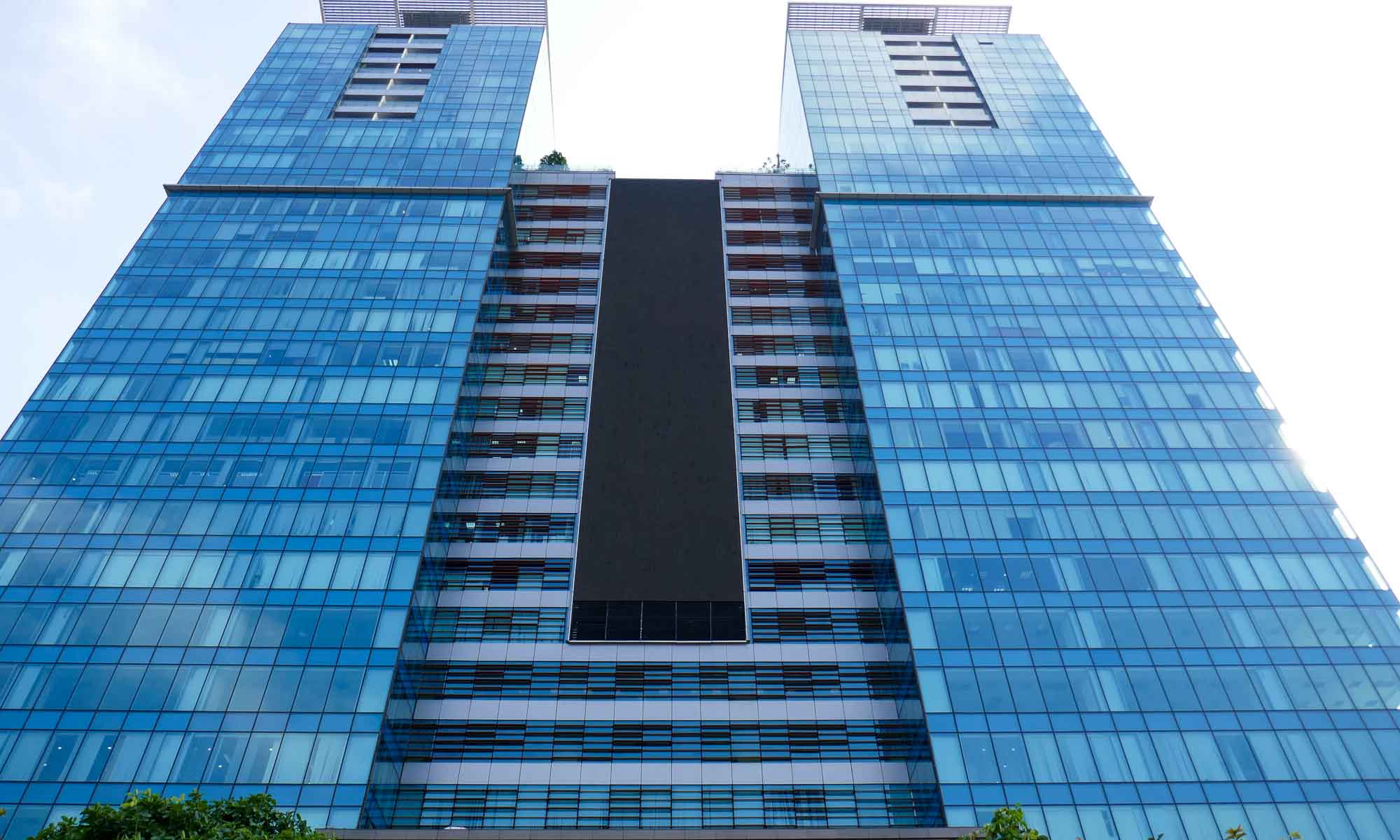

Though most tourists spend most of their time in District 1, we also visited District 3, 5 and 7.
Highlights of Saigon
We had a total of four nights in Saigon, which usually is more than enough to see all the highlights of Saigon, however we intended to do so at a leisurely pace.
Saigon Hotpot
To cover the main highlights we signed up with Saigon Hotpot, a volunteer organisation established to provide a cultural exchange for the students involved, as well as to provide tourists with local experiences around Saigon. Most tours are free though a donation can be forwarded to the organisation (http://saigonhotpot.vn/). We signed up for two of their tours: a half-day city tour and a traditional meal tour.
Traditional meal tour
The premise of the traditional meal tour is to give foreigners an experience purchasing items in the local markets, as well as visiting a local Vietnamese home to assist in the preparation of the meal, which would include various local delicacies, and to partake of the meal in a traditional environment.
Our tour included three students: the host, chef and tour guide. For some reason, we did not get to experience the market part of the tour, but enjoyed visiting the home of the student, where we got a tour of the neighbourhood in District 3. Though the setting and utensils used during the meal were rudimentary, we enjoyed the conversation and the meal with the three students, which helped to provide insight into their daily life.
Tour cost: VND 300,000 per person
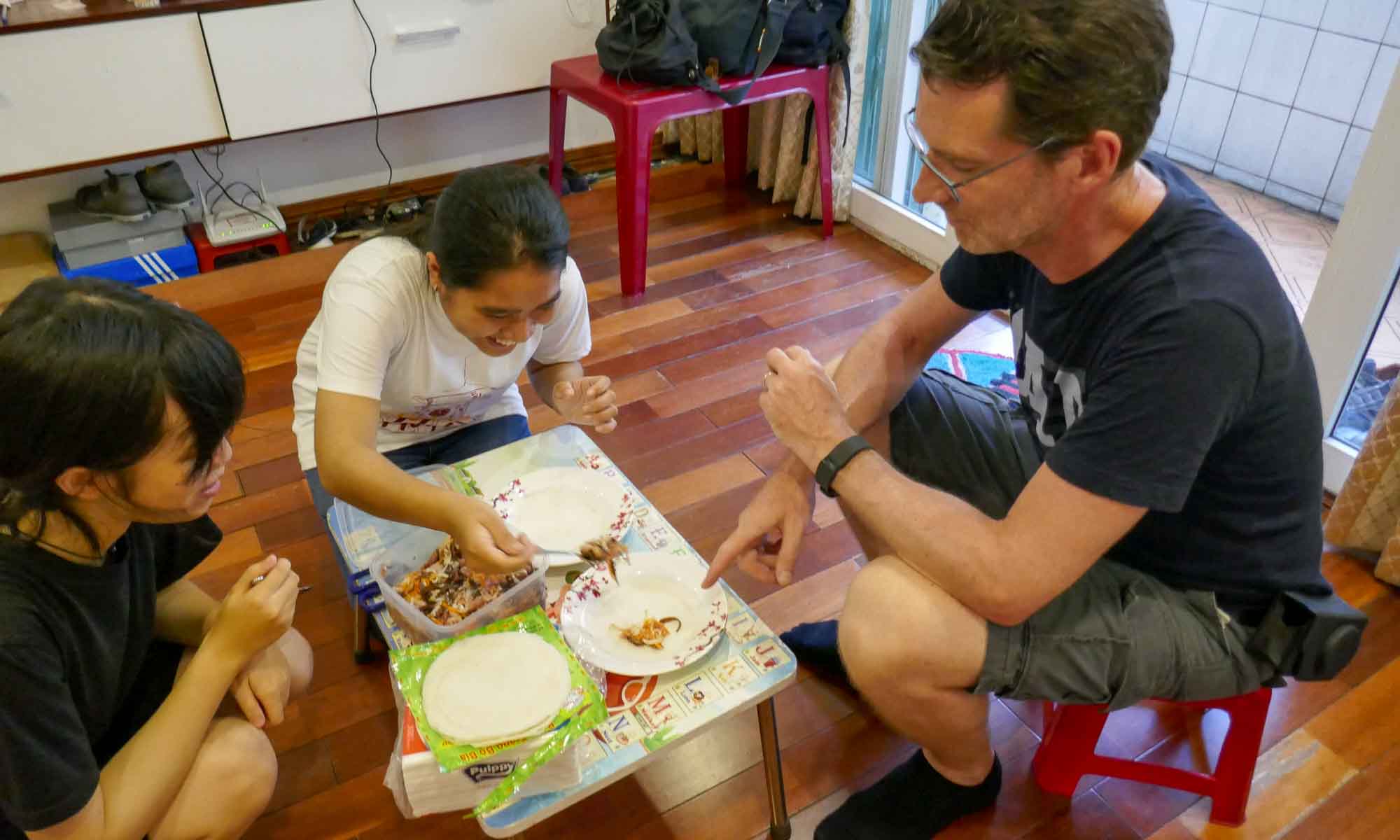
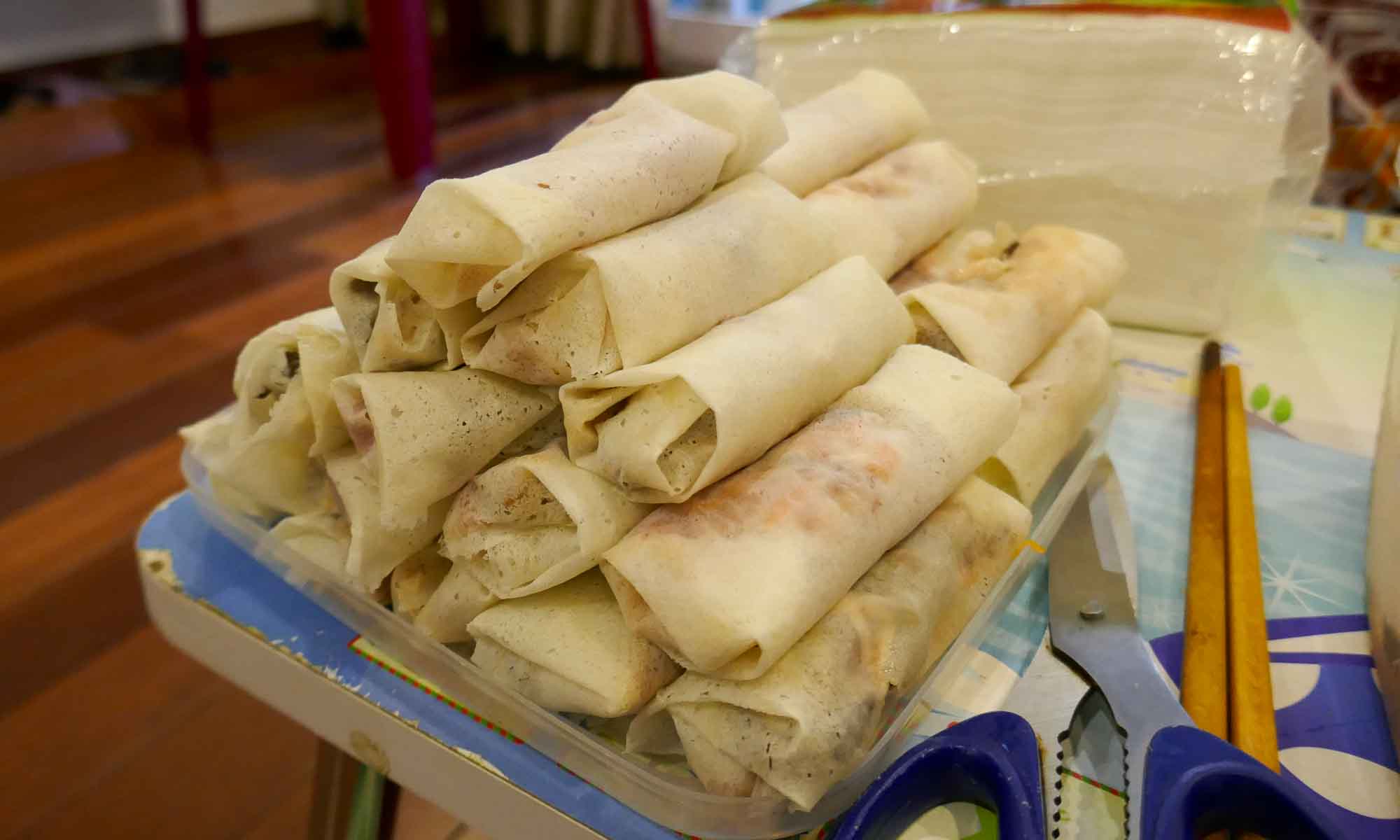

Reunification Palace
Most people would have heard of the palace due to the events in 1975, when the North Vietnamese army used a tank to crash through the gates of the palace, signifying the end of the Vietnam war.
The history of the palace dates back to 1868 and was the residence and workplace of the French governors of Cochinchina and the Japanese colonial officers. After WWII and till the end of the Vietnam War, it was the residence and workplace of the president of the State of Vietnam. The palace was demolished and rebuilt after an assassination attempt on the life of the president of the State of Vietnam, which destroyed the left wing.
It was initially named Norodom Palace after the king of Cambodia during that period, but was renamed Independence Palace by the president of the State of Vietnam, and after the end of the Vietnam war, Reunification Palace.
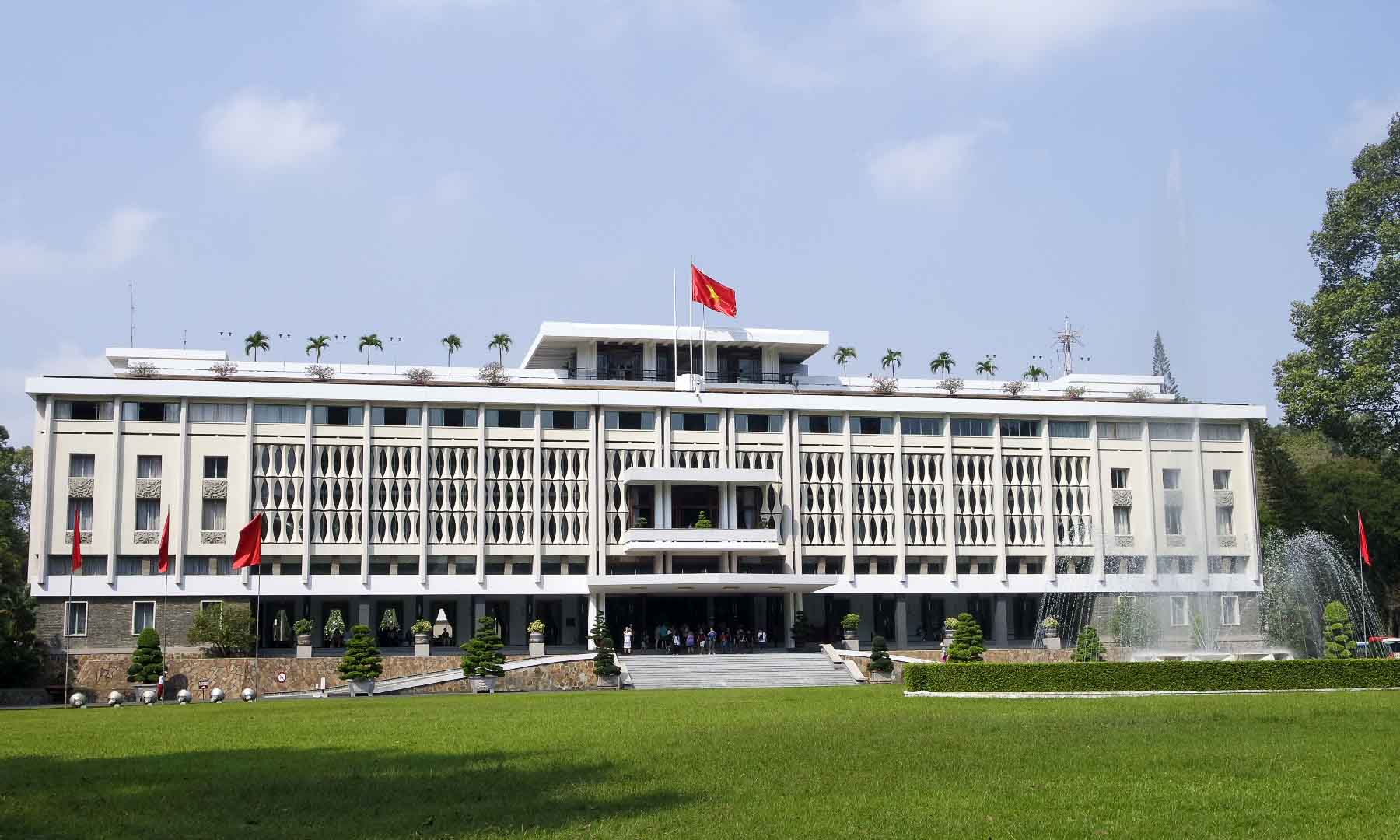
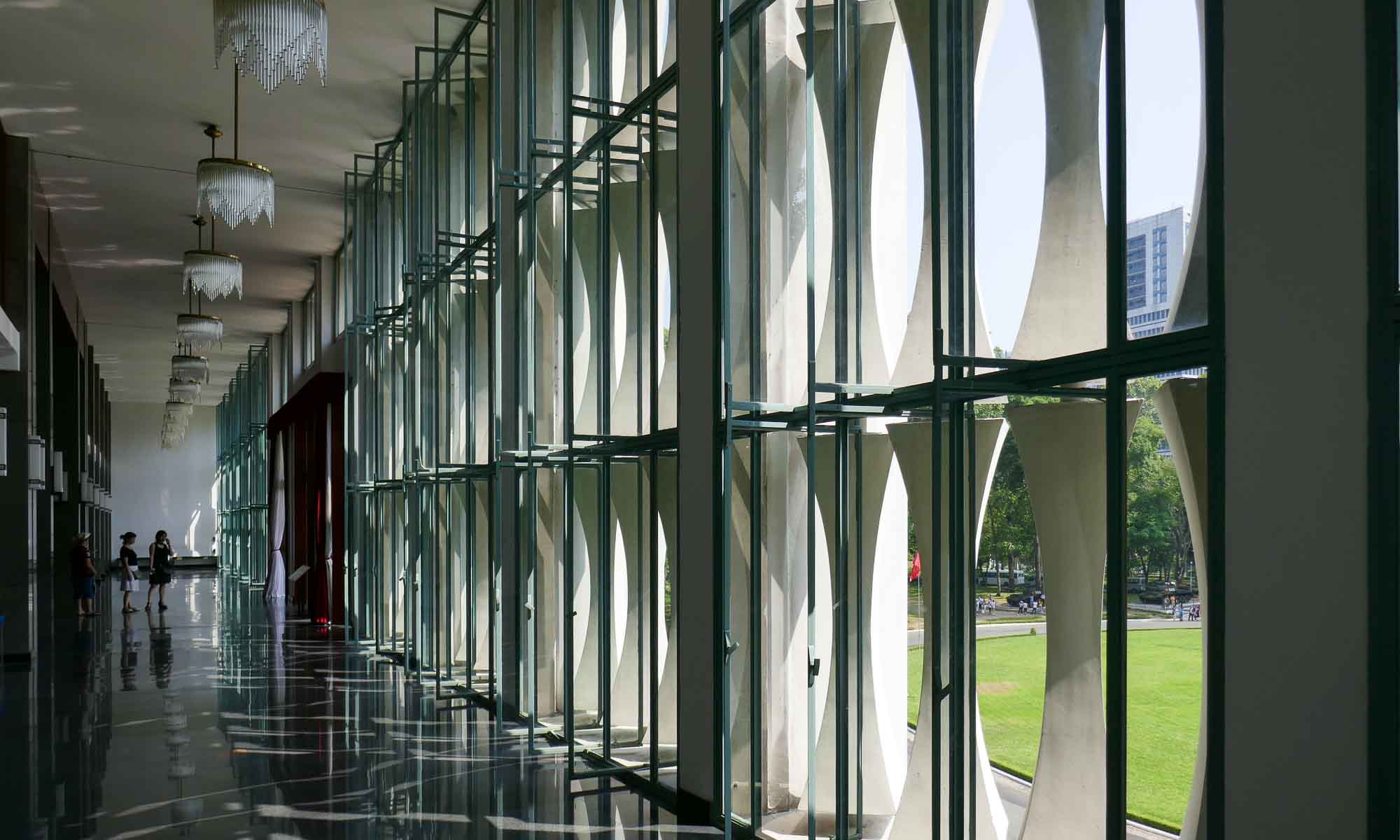
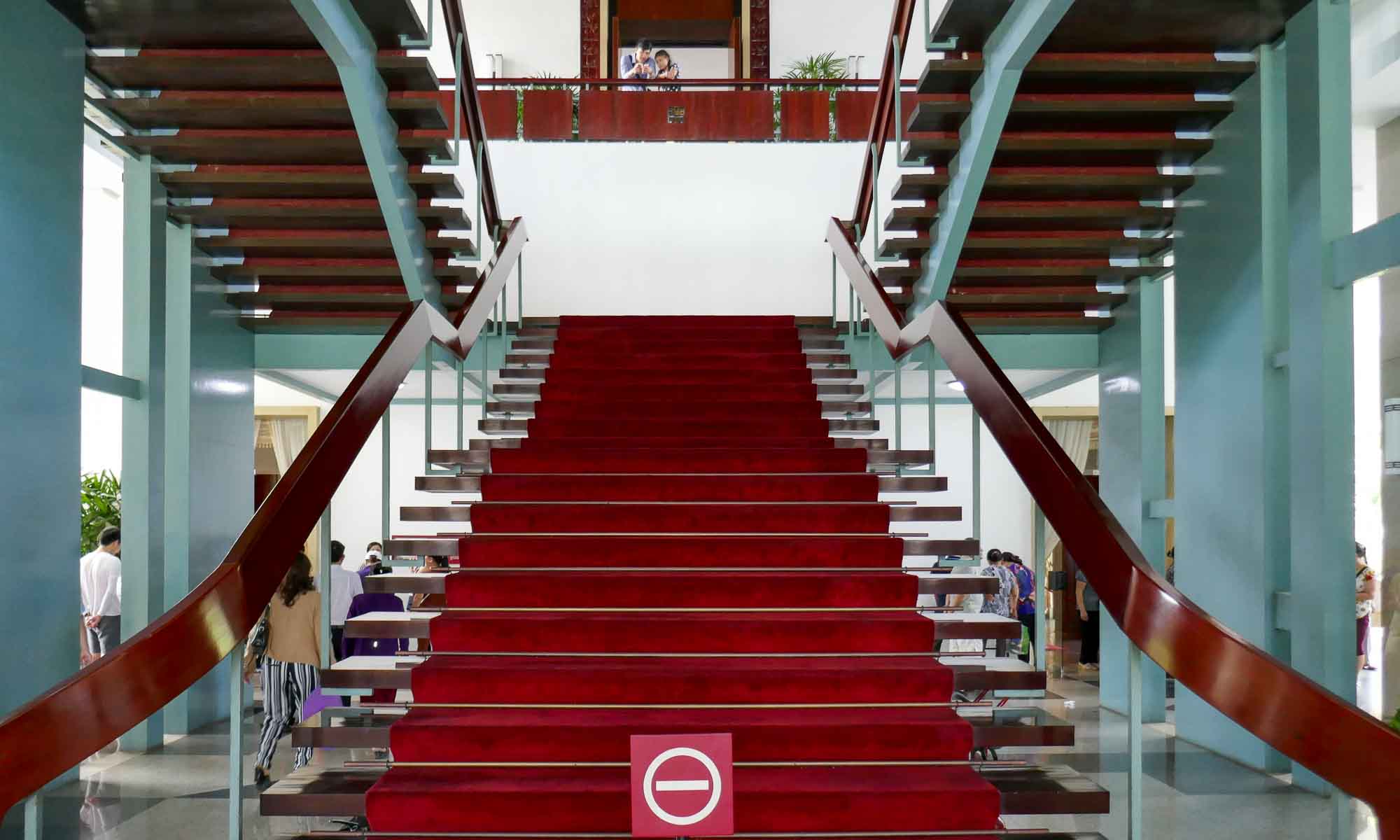
Today, the palace appears frozen in time, with many rooms kept as they were after the war. We went on a tour of the palace together with our guide from Saigon hotpot, and though a guide is not required to view the palace, he did provide some interesting perspectives. Walking through the palace there are a number of secret rooms, an escape route, and even a significantly sized bunker. In the gardens were a couple of tankers and a fighter jet as reminders of the 1975 events.
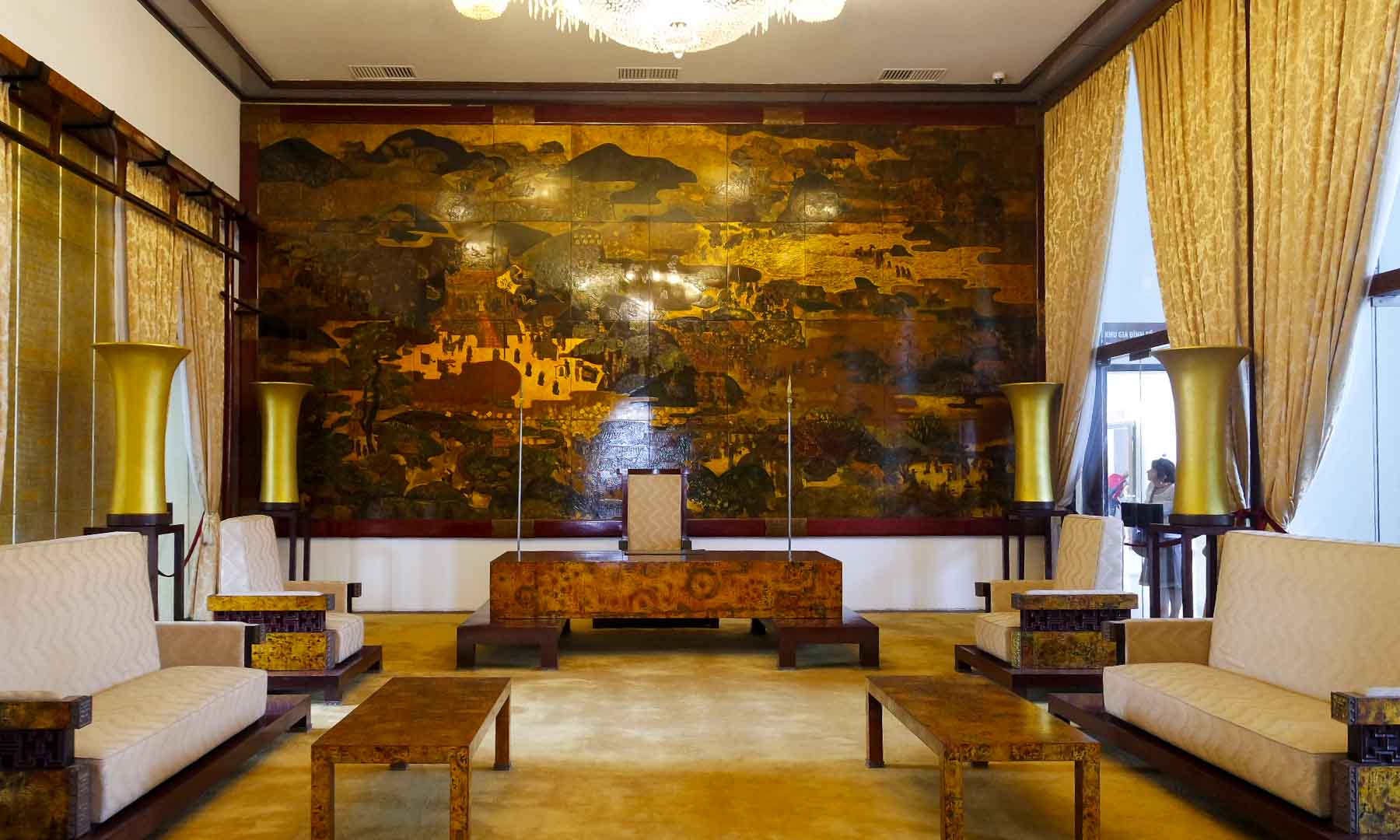
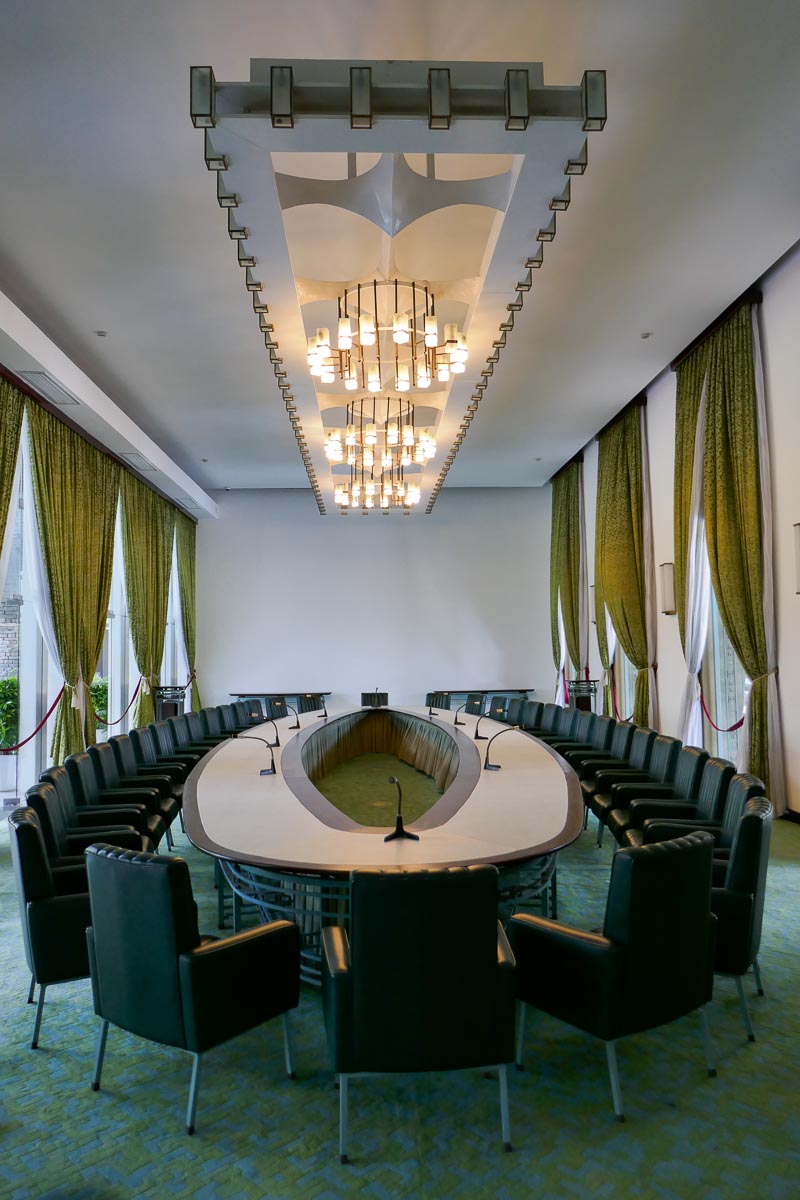
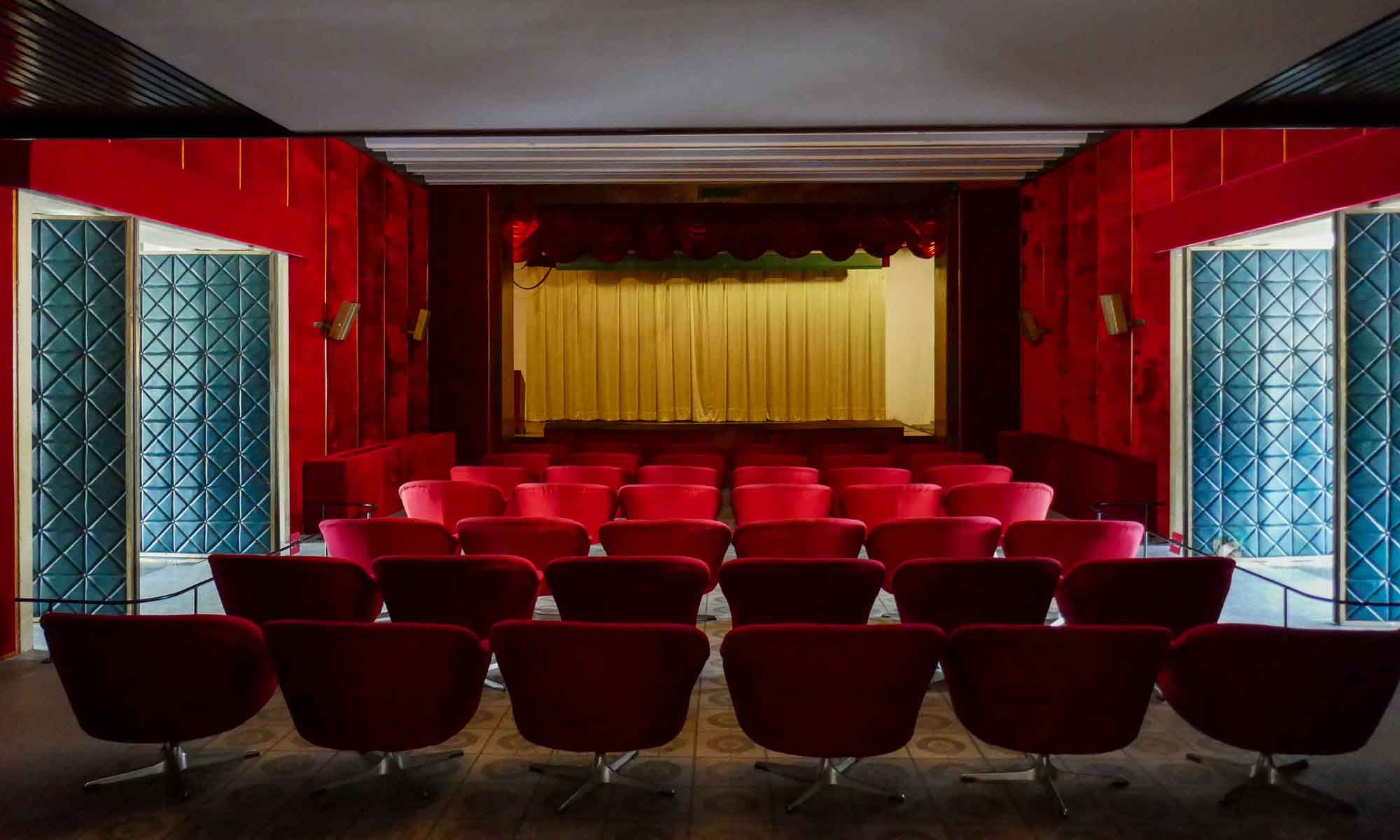
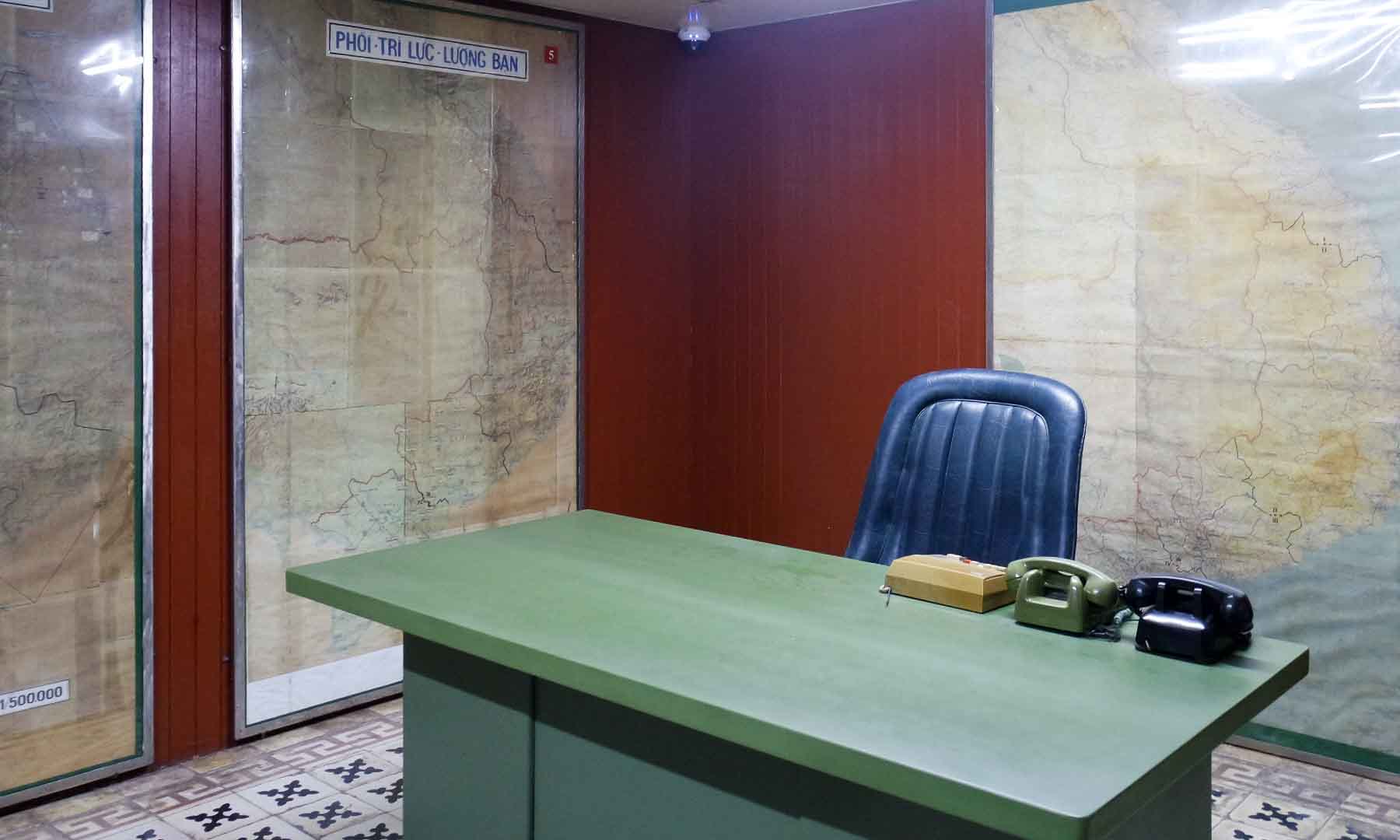
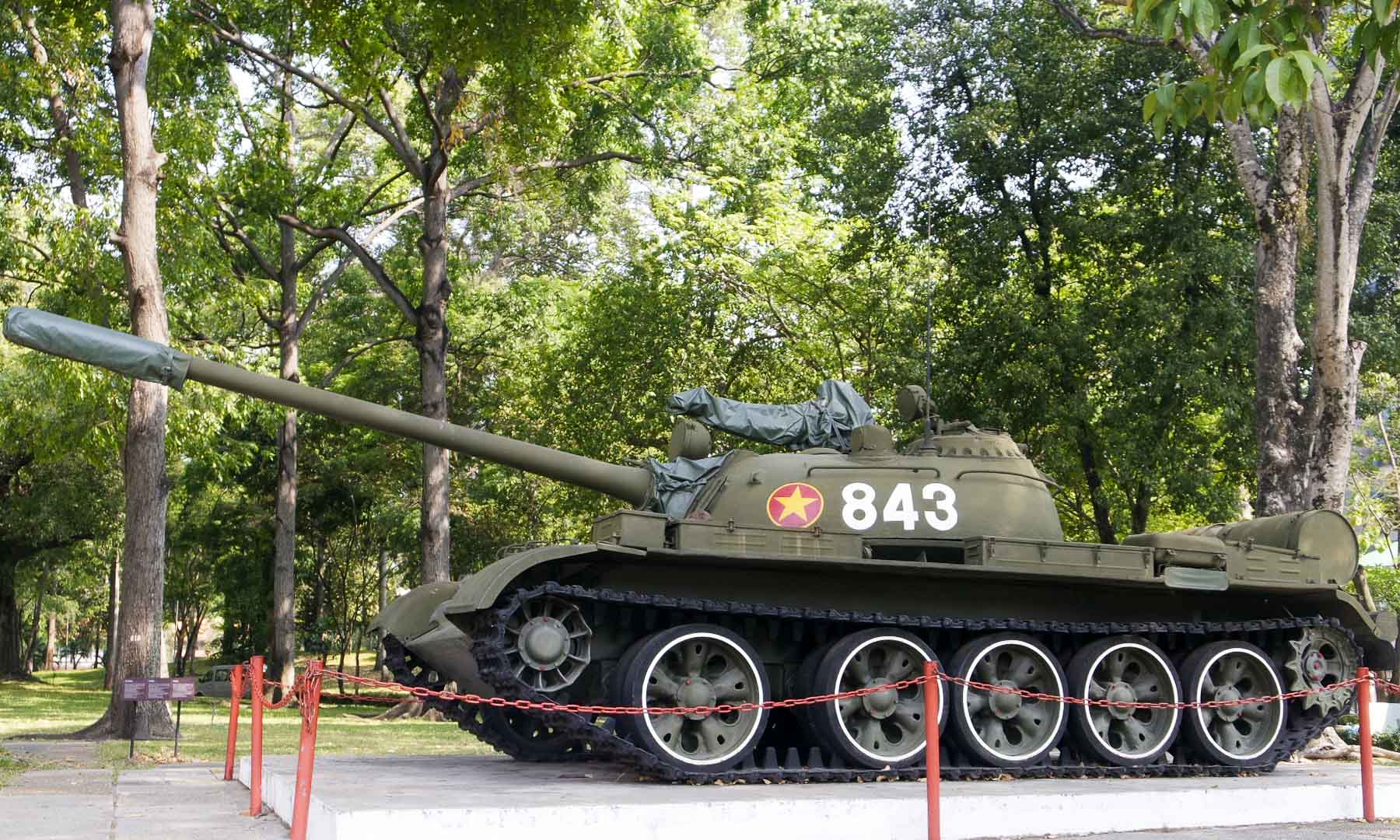
The palace is still in use as the venue for various important meetings and events.
Admission price: VND 20,000
Saigon Notre-Dame Cathedral Basillica
Though the main religion in Vietnam is Buddhism, south Vietnam includes a concentration of Catholics, and thus a number of cathedrals.
The Notre-Dame cathedral, located at the main intersection of Cong Xa Paris, was constructed between 1863 and 1880 by French colonists. The bricks used to build the cathedral were transported from France and it was completed at a cost of 2.5 million French Francs. Two bell towers were installed after the end of construction, as well as a statue of the Virgin Mary made out of granite from Rome.


Admission price: Free
Central Post Office
Located across the street is the Central Post Office. Similar to the cathedral the post office was constructed in the 1800s. It was based on the design of a French architect, Gustave Eiffel, and from a first glance looks more like a European railway station.
The inside of the building features high ceilings, arches, and a row of phone booths, which have been there since the colonial period. Walking through the building, it was surprising to see that it was still a functioning post office. Our Saigon Hotpot guide pointed out Mr Duong Van Ngo, an old man who has worked in the post office since the age of 17. He speaks fluent Vietnamese, French and English, and assists with the translation of letters for customers.
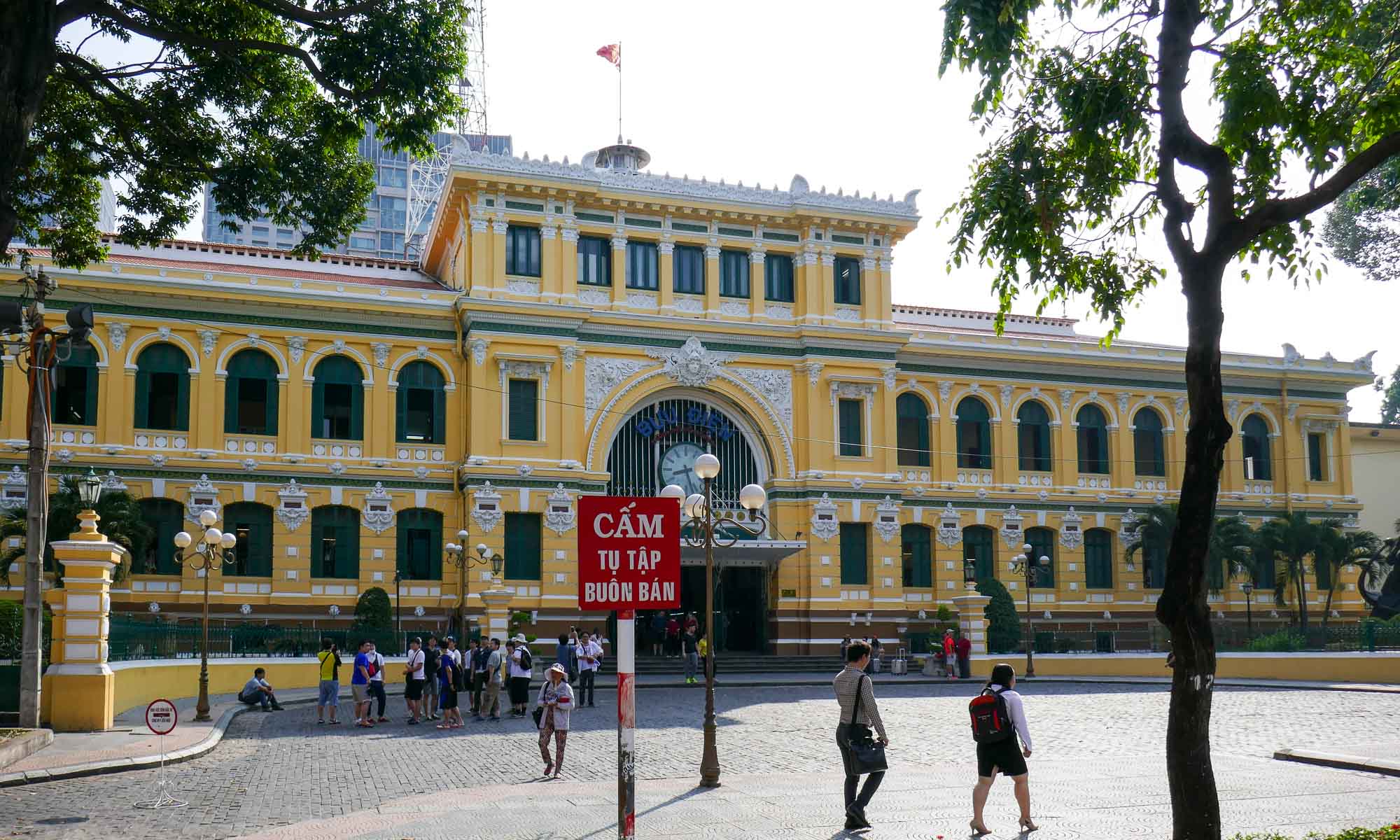

City Hall and surroundings
The city hall building was constructed in the 1900s in a French colonial style. The building is at one end of the Nguyen Hue boulevard, and is majestic in appearance. It is currently not open to the public.
At night the Nguyen Hue boulevard comes alive, and seems to serve as a meeting point for locals out for a night stroll.
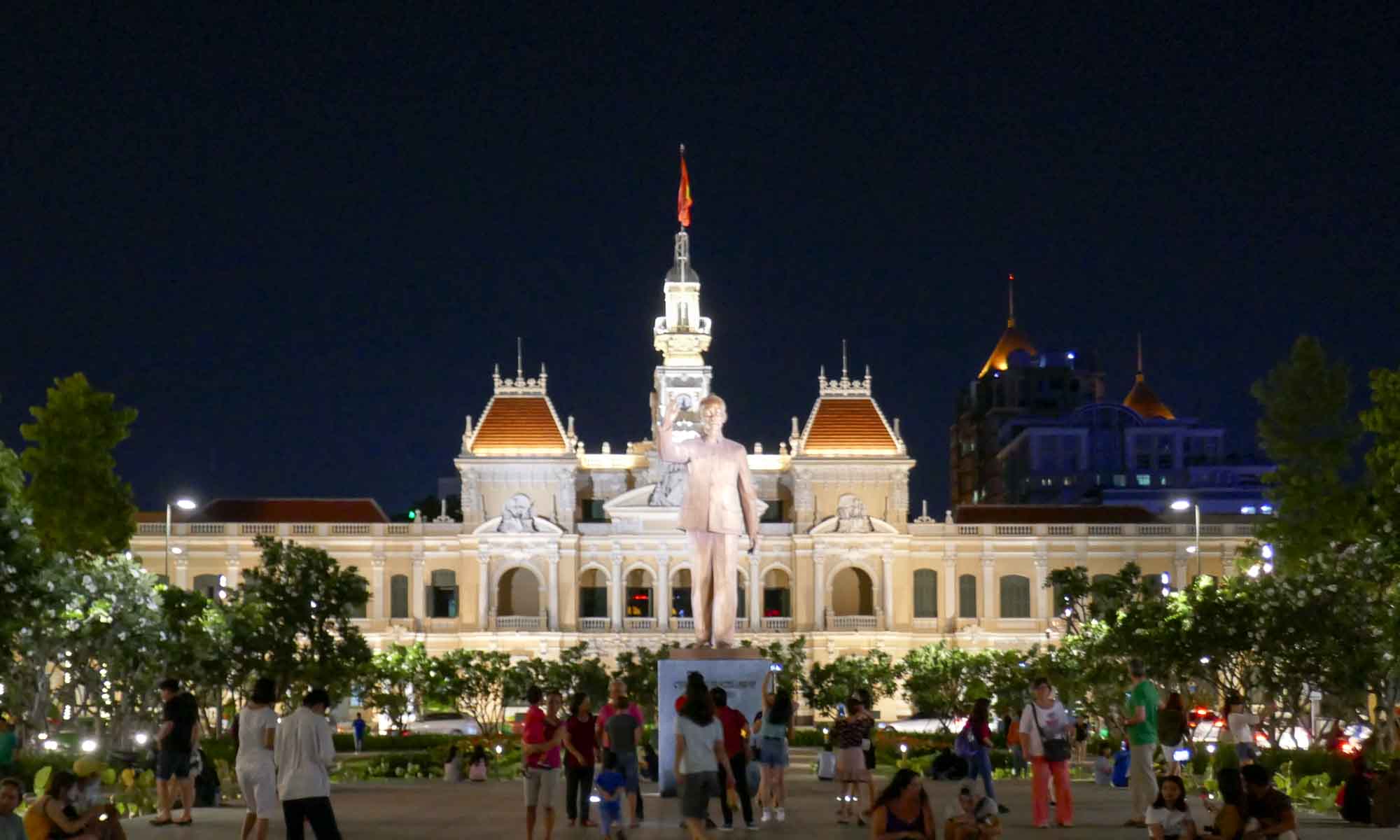
Ben Thanh Market
All guide books to Saigon mention Ben Thanh Market. Despite this being early on in our travels, after Malaysia and Thailand we were pretty much done with visiting markets just for the fun of it. However since we had heard that the night market was a sight to behold, we decided to venture out shortly after dark to witness the activities.
The night market is conducted outdoors, as the gates to the indoor section closes at 6.00 pm. Stalls are erected around the perimeter of the market, selling everything from Vietnamese souvenirs to electronic products. As is common in all markets, prices have been inflated, and so bargaining is required. We had hoped to also grab a bite in one of the restaurants within the market but once we noticed the touristic prices, quickly made our way elsewhere.
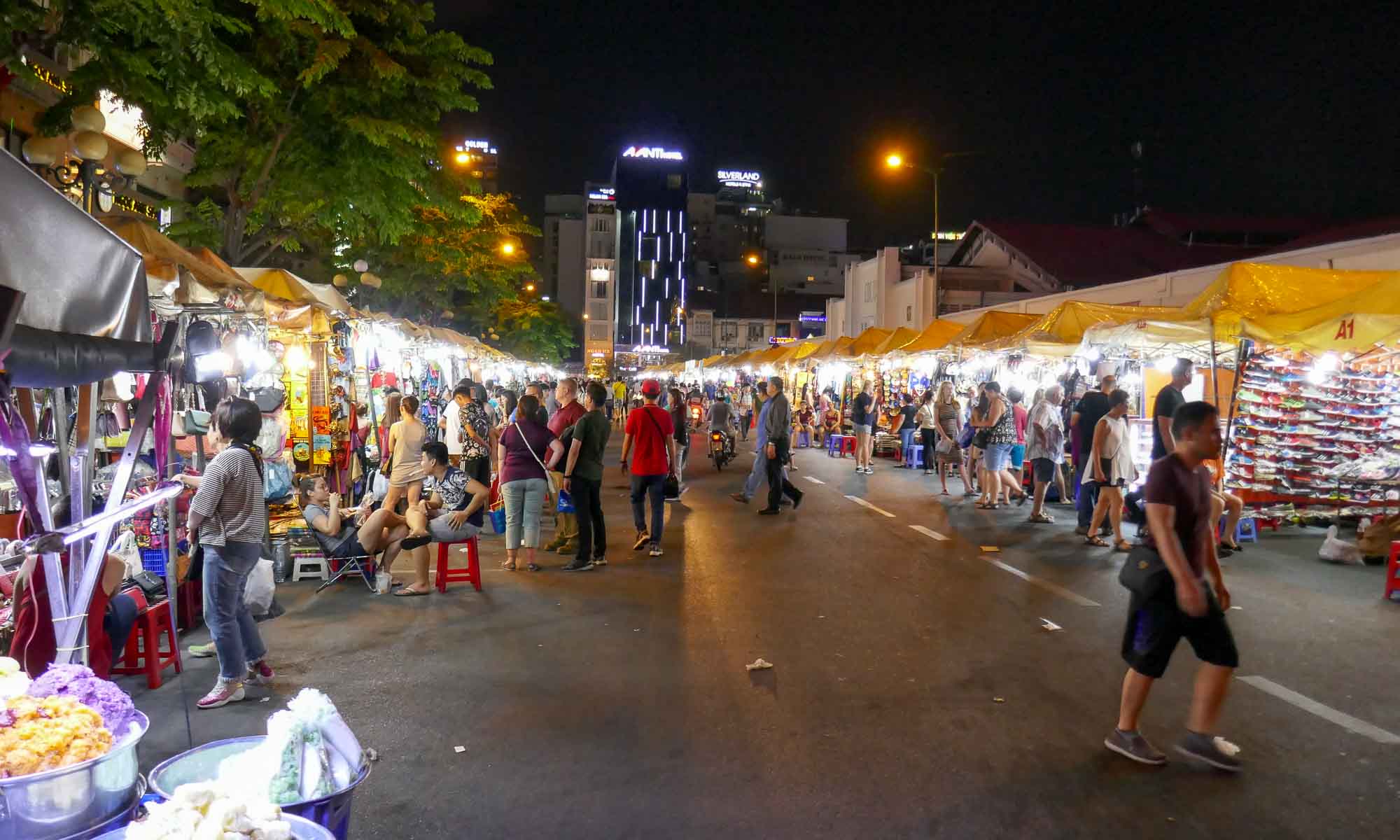
Day trip from Saigon – Cu Chi tunnels
The Cu Chi tunnels are part of a larger network of tunnels that were dug by communist forces in the 1940s during the war of independence from the French, and expanded and refined by the Vietcong to counter the South Vietnamese and American effort during the Vietnam war. The Vietcong soldiers lived in the tunnels and used them to transport communications and supplies. The tunnels also enabled them to disappear quickly after mounting an attack and to set booby traps. In return, the South Vietnamese and Americans trained “tunnel rats” to locate the Vietcong and to discover booby traps. These efforts however were not fully successful and are thought to have assisted in the final defeat of South Vietnam.
To gain some more understanding on the history of Vietnam, we decided to go on a tour to the tunnels, which have become a tourist attraction. There are two sets of tunnels which can be visited as part of a tour: Ben Dinh and Ben Duoc, with most tours visiting Ben Dinh as it is closer to Saigon and has been reconstructed to enable tourists to fit. Given our general distaste for tours, we selected a small group tour and hoped for the best. The first stop on our tour (which was presented as a toilet break, after less than an hour in the minivan) was to a handicraft factory run by victims of Agent Orange, a chemical used by the U.S. during the Vietnam war.
As part of the tour, visitors are able to hide underground in a grass-covered hole, as well as to walk 100m within the tunnel system, to get a feeling of what it was like during the war. To be honest, with all the communistic propaganda circulating with regards to the war, and the fact that this was a place were lives were either lost or changed, visiting the tunnels left us with a sour taste.
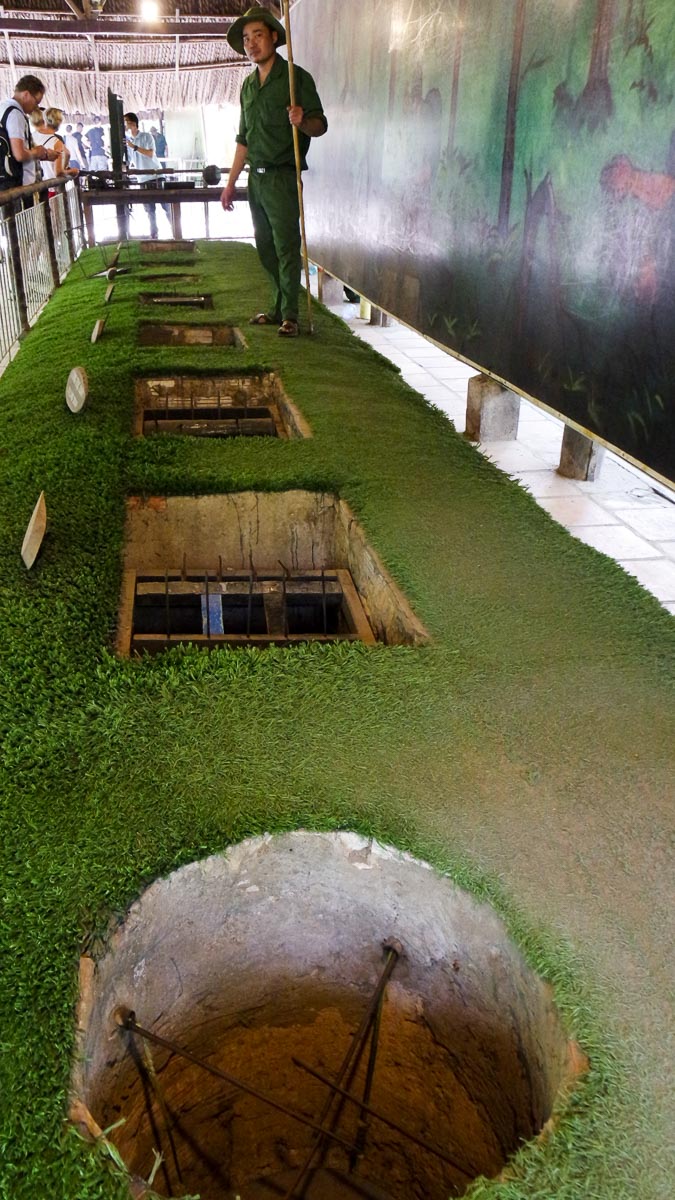
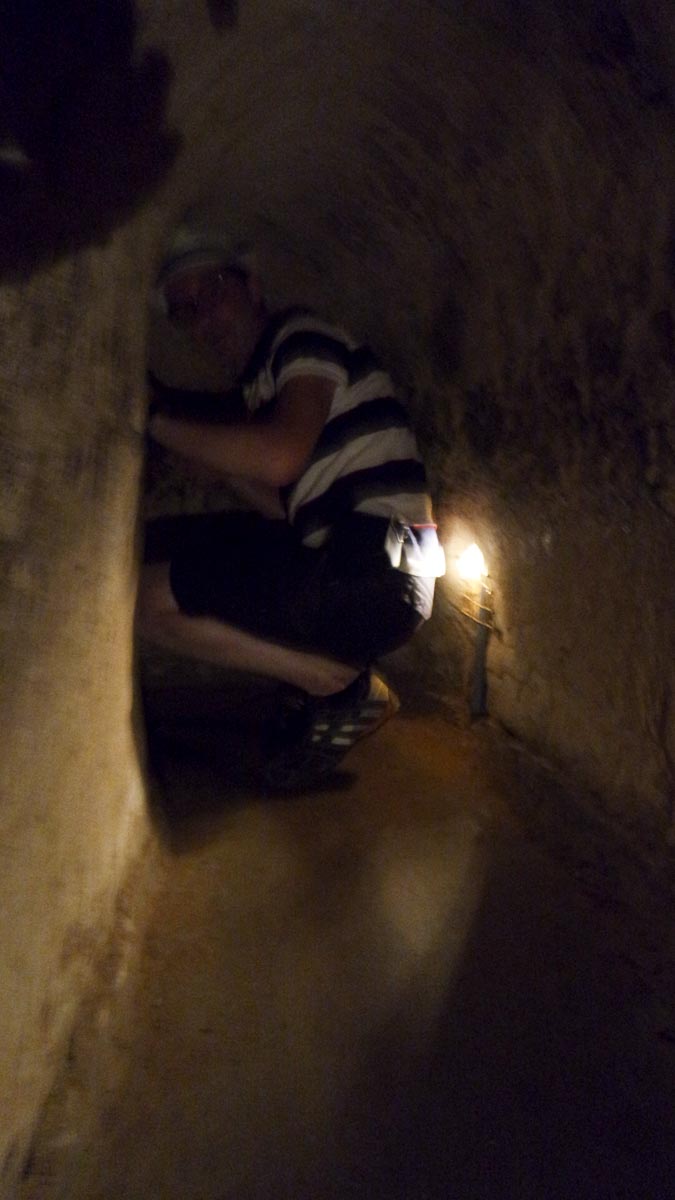
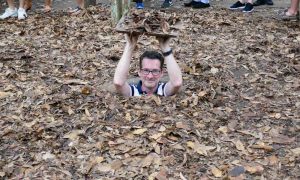

Tour price: VND 550,000 per person
Dining in Saigon
Saigon is a melting pot for various cuisines, and we soon learnt that North Vietnam is known for more spicy dishes, while in the south, the dishes are less spicy. With my love of Vietnamese spring rolls, this was something I requested at most meals. We ate at a number of places which don’t really deserve mention, with the exception of Nha Hang Ngon and Pho Cao Van.
Nha Hang Ngon
Located in a charming French villa, this place is always full and is popular with both locals and tourists. We had heard that it was established as an attempt to bring street food into a classy setting and thus featured all the typical Vietnamese street food options available. While we enjoyed the food, the highlight of the evening was definitely the ambiance.
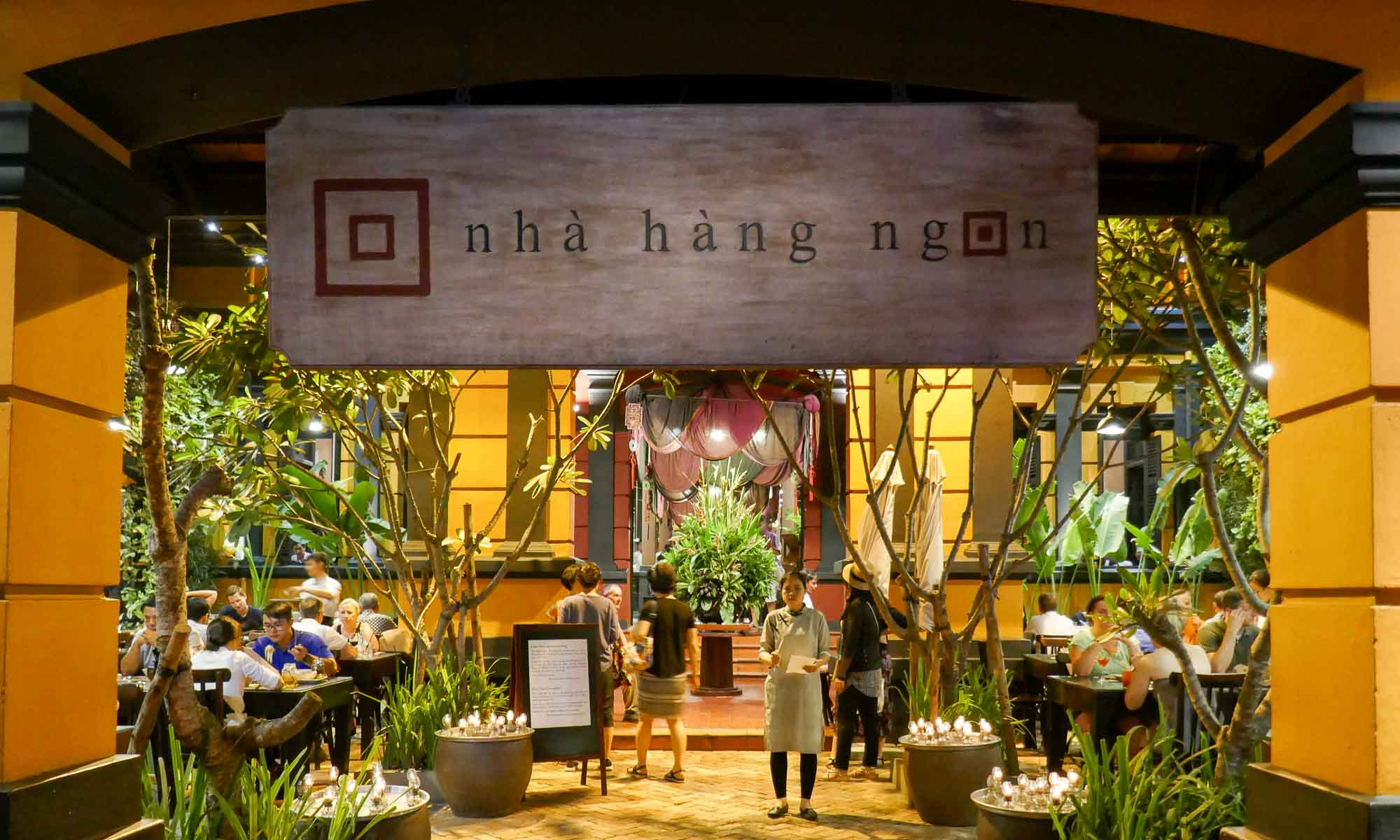
Pho Cao Van
Our Saigon hotpot guide recommended that we come to Pho Cao Van to sample their pho, which we enjoyed. We were the only tourists at the restaurant but noticed that the place is very popular with locals. The restaurant is very basic, and only serves pho cooked with either pork or chicken.
Sleeping in Saigon
Silverland Jolie Hotel & Spa
The boutique hotel is part of the Silverland Hospitality family and was in a perfect location with several restaurants and shops within walking distance. We had booked our room hoping to have a river view, only to find out that the view was through the outside corridor if the curtains were left open. The room though small, was tastefully decorated, and came with a large bathtub. Breakfast was complimentary and included both Western and Asian options. Facilities at the hotel include a spa and jacuzzi, which we thoroughly enjoyed.
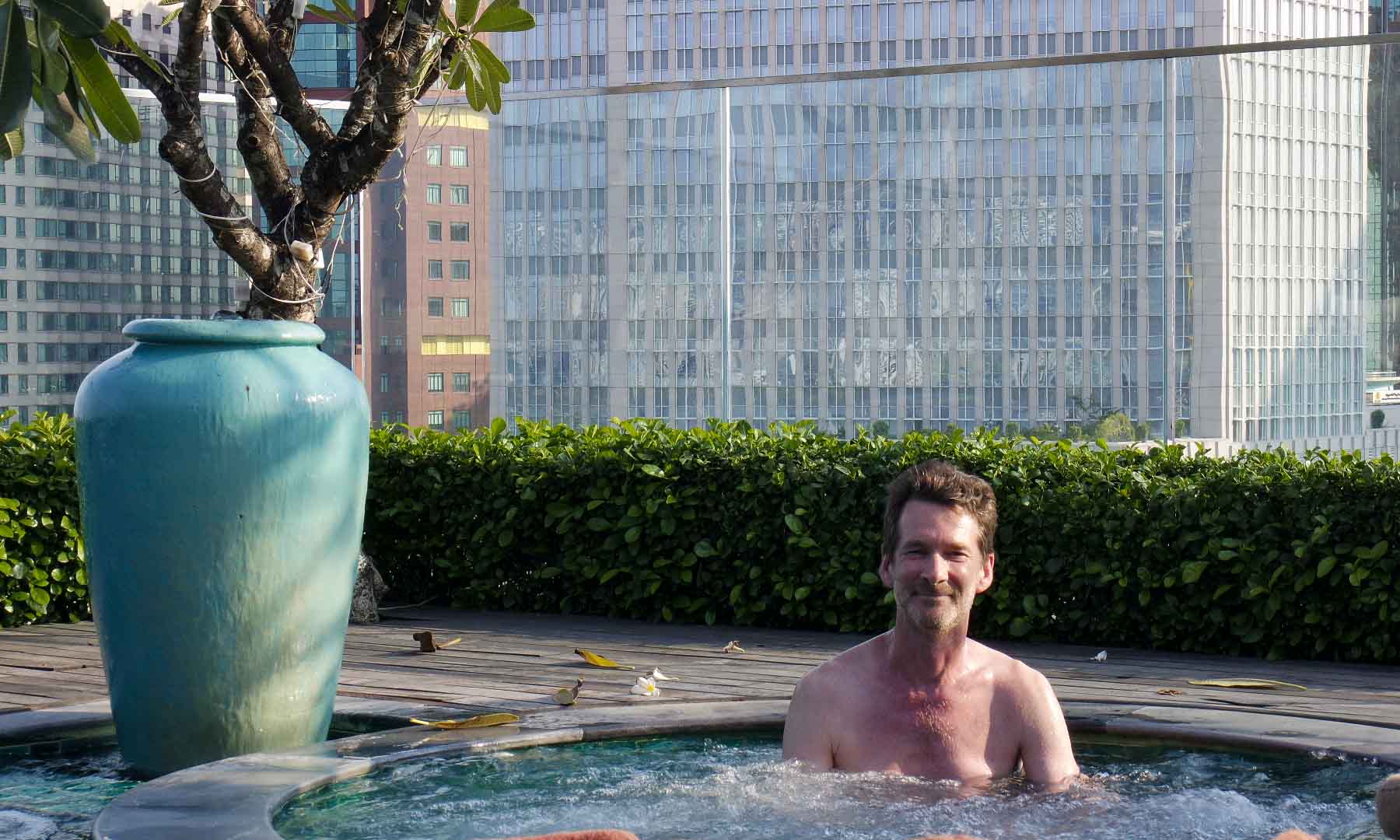
Getting to Saigon
Vietnamese bus drivers are notoriously dangerous drivers, and after the experience with FUTA bus lines, we hoped to have a better experience with a smaller bus for the next leg of our trip. As such we booked with Son Nguyen Limousine, which uses a luxury minivan that accommodates 9 passengers (Cost: VND 160,000 p/p). While the journey was eventful, we soon realised that regardless of what type of vehicle is being driven, the style of driving pretty much remains the same.
We were dropped at their offices, after which we took a GrabCar to our hotel.
Getting around Saigon
The easiest way to travel the length and breadth of Saigon is by scooter. Of course with the hoardes of scooters and the way they are driven, riding a scooter is not for the faint of heart. We have had the misfortune of witnessing at least 2 accidents since we arrived in Vietnam. The next best option is by taxi or GRAB.
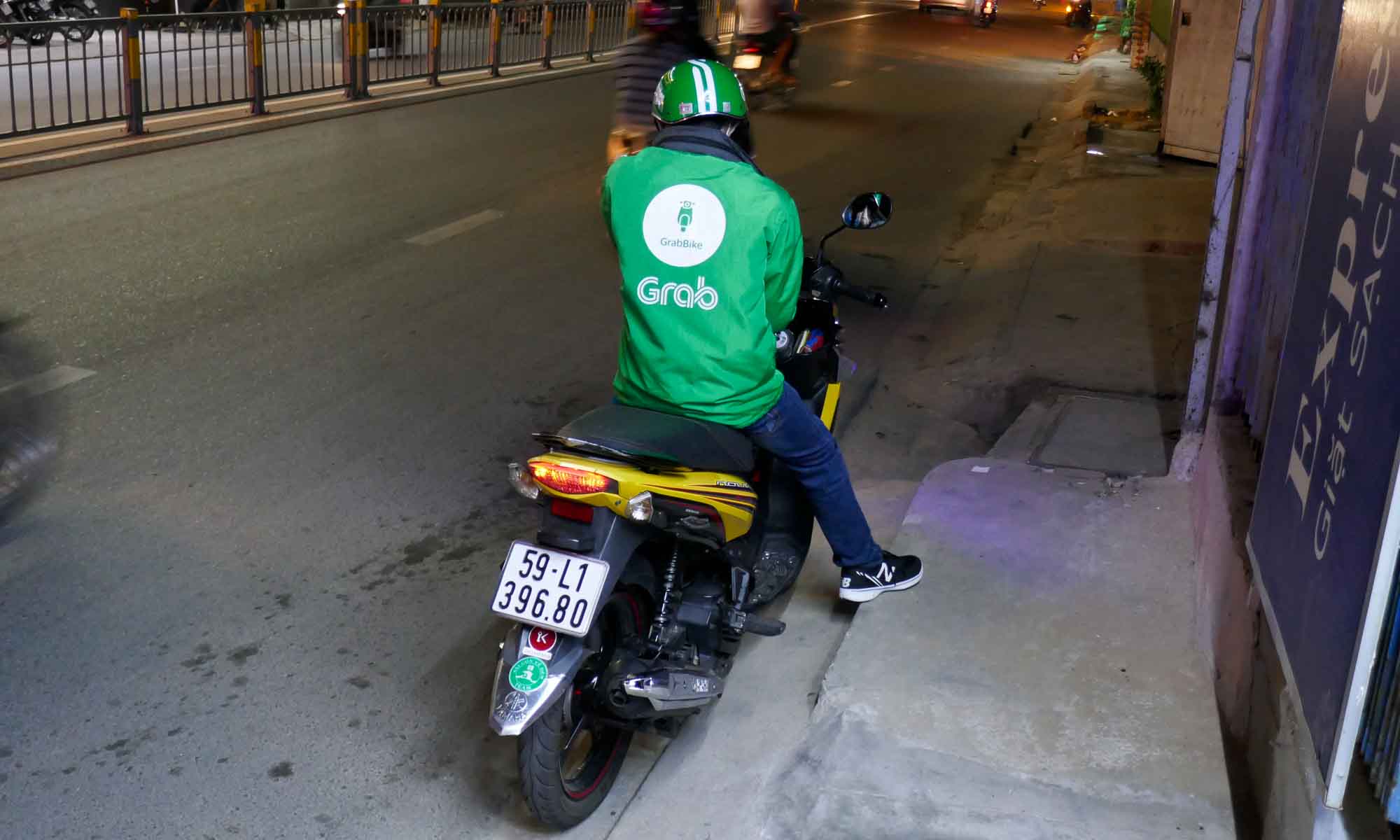
In addition to the above, Saigon also has quite an extensive bus network. While this might prove difficult with the language barrier, we were able to successfully ride the buses with the aid of google maps. Fares are fixed per distance and averaged VND 7,000 per ride.

